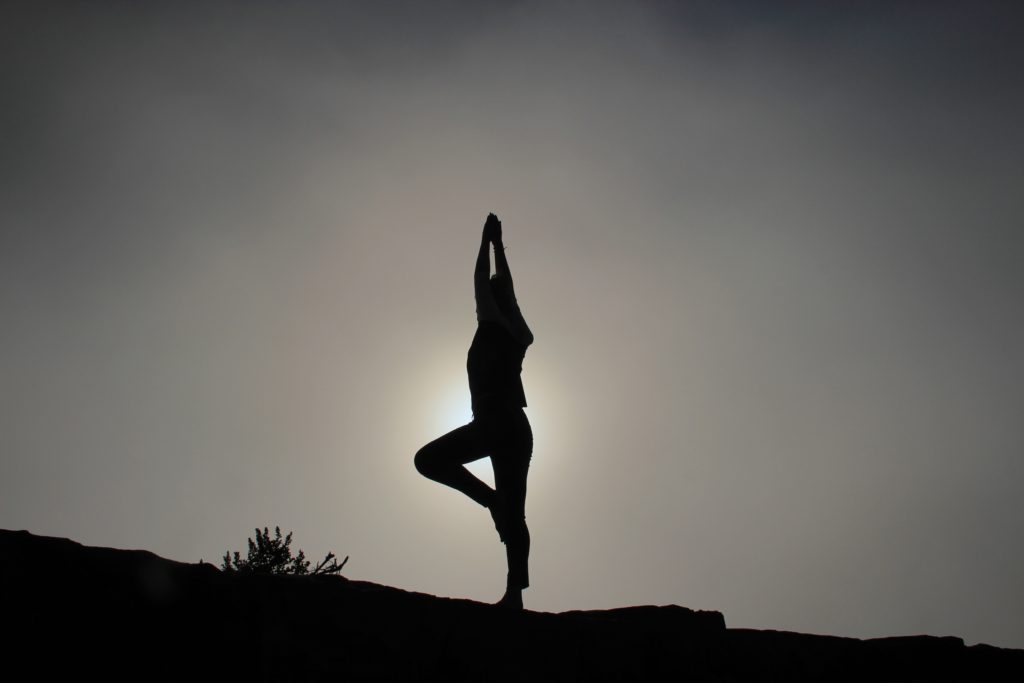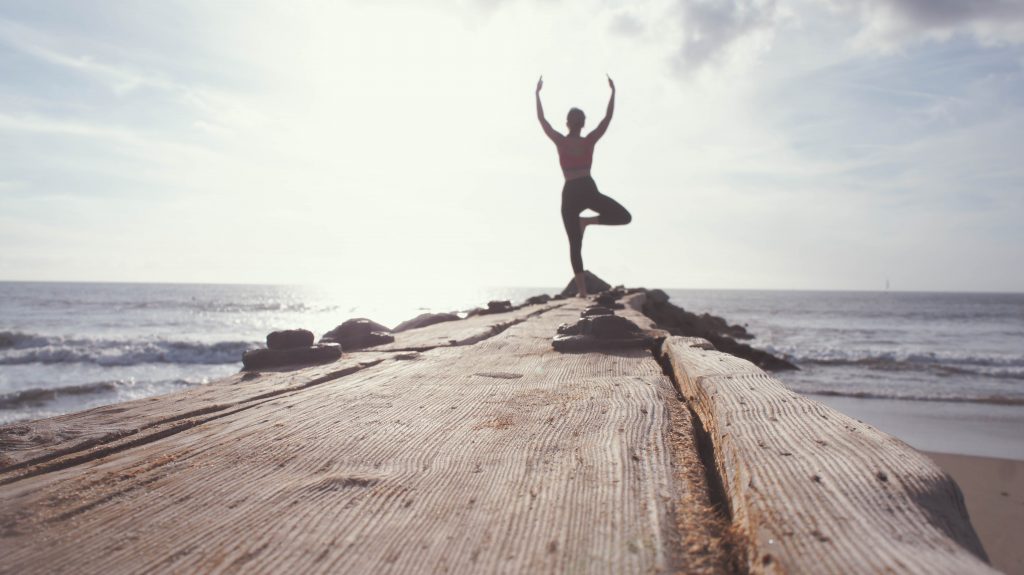
Exercise Your Way To A Healthier Low Back
Low back pain is a relatively common condition that affects nearly 8 out of 10 people at some point during their lives. For many, low back pain can be a temporary situation that happens after an extra busy weekend, too much sitting or overdoing it with a sport or activity. Yet for others low back pain is chronic, caused by years of abuse on a job or a traumatic injury from a fall or accident.
Exercise can be a wonderful way not only to improve your low back health and eliminate symptoms from a low back injury, but also to strengthen your low back in order to prevent injury in the future. Not all exercises are healthy for the low back, however, and some should be avoided all together.
Exercises to Avoid
Exercises like a standing toe touch, full sit-ups and straight leg raises can do more harm than good. These exercises typically place extra pressure on the lower spine and muscles of that area potentially causing more discomfort. Also while experiencing low back pain, you may want to limit sitting, twisting movements and excessive pounding, which means you should take breaks from running or jogging, unless those exercises help you.
A good rule to follow is that an exercise, whether it’s a stretch, cardio or strength exercise, shouldn’t cause pain. This goes double for the low back. If you try any exercise that causes low back pain stop, make sure you are doing the exercise correctly, and if you are yet still experiencing back pain or discomfort you should discontinue using that exercise.
The Most Beneficial Exercises for Low Back Pain
While only a few exercises are typically considered unsafe for the low back most are beneficial.
- Partial sit-ups or crunches can replace full sit-ups for abdominal strength.
- Supine (lying on your back) hamstring stretch for the back of your leg can replace the standing toe touch.
- Replace a standing squat, which can put extra stress on your low back, with a wall supported squat that still provides plenty of leg work, but lets you keep your back straight and supported.
- Gently pulling one or both of your knees towards your chest while lying on your back.
- A bridge in which you lie on your back with your knees bent and raise your buttocks off of the floor.
The yoga practice that we prescribe in the Ornish Lifestyle Medicine program (Intensive Cardiac Rehabilitation) has also shown significant benefit to low back health. Many of these yoga postures are safe and work to both stretch and strengthen the low back and it surrounding muscles, alongside your normal exercise routine.
The Benefits of Plank Pose
One of my personal favorites is a plank exercise, which you can incorporate into your workout along with other strength training exercises. This exercise is safe in that there is no twisting or bending. It helps to strengthen the lower back and core by utilizing muscles along the front and back of your body. You can also do this exercise from the knees rather than a full plank from the feet.
- Starting on the ground you can raise your body to a straight position that is even with the floor.
- Hold for a few seconds and then lower your arms.
- You can repeat this 5-10-15 times, increasing the time you hold it as you get stronger.
Along with other strength training recommendations, I recommend holding a plank pose for at least twice a week, always providing a day or two of rest between sessions.
As always, if you have questions about low back exercise, I recommend consulting a local fitness professional to tailor a low back fitness program to meet your needs. If you experience pain or discomfort trying new exercises or your level of back discomfort increases, please stop them immediately and seek medical advice. Quite often the best treatment for chronic low back discomfort can be less sitting and more moving.
What exercises or stretches have you found helps you to manage low back discomfort?








